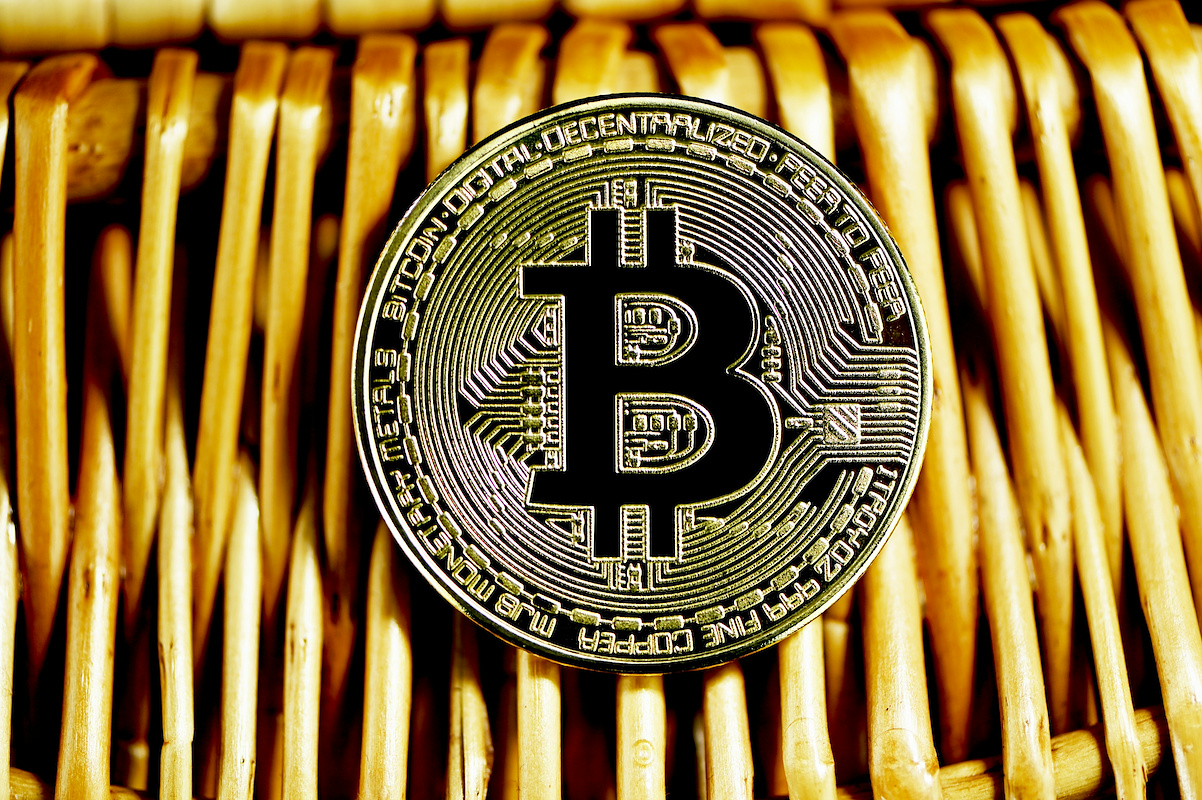Key Takeaways
- Global Standard: ISO 20022 is a universal messaging standard for financial institutions worldwide.
- Financial Interoperability: It creates a common language for traditional finance and digital assets to communicate.
- Richer Data: The standard supports more detailed transaction information, improving efficiency and transparency.
What is ISO 20022?
ISO 20022 is a global messaging standard that creates a universal language for financial data. Managed by the International Organization for Standardization, it replaces older, fragmented communication systems. This framework allows financial institutions worldwide to exchange detailed transaction information consistently, setting the stage for greater automation in global finance for transactions from $1 to over $1,000,000.
For the Bitcoin world, this standard is pivotal. It provides a structured data format that bridges traditional banking with digital assets. A single message could detail a payment of $50,000 converting to 0.75 BTC, specifying the transaction down to the satoshi. This rich communication protocol is a massive improvement, connecting the old and new financial worlds.
ISO 20022 and Its Role in Modern Banking
ISO 20022 is the new foundation for modern banking, establishing a single communication method for financial transactions worldwide. This standard supports highly detailed data, which boosts operational efficiency and paves the way for innovative financial products.
- Standardization: Creates a common language for all financial institutions.
- Efficiency: Automates payment processing and reduces manual errors.
- Transparency: Provides clearer, more detailed transaction information for regulators and customers.
- Innovation: Supports the development of new payment services and financial technologies.
- Interoperability: Connects traditional banking systems with emerging digital asset networks.
How ISO 20022 Impacts Bitcoin and Cryptocurrencies
ISO 20022 provides a critical bridge between the established financial world and the burgeoning crypto economy. By creating a common messaging format, it allows digital assets like Bitcoin to interact with traditional banking systems. This integration is key for the future of finance, promoting wider acceptance and new applications.
- Integration: Connects crypto networks with global payment systems for fluid asset exchange.
- Clarity: Offers detailed data fields for crypto transactions, improving transparency.
- Adoption: Encourages institutional investment by standardizing communication protocols.
- Compliance: Simplifies regulatory reporting by embedding necessary information within transactions.
Adoption of ISO 20022 by Financial Institutions
Financial institutions globally are transitioning to ISO 20022 to modernize their payment infrastructures.
- SWIFT: The global financial messaging network is migrating its cross-border payments to the new standard by November 2025.
- Central Banks: Major systems like the Federal Reserve's Fedwire and the Eurosystem's TARGET2 are actively implementing the standard.
- Global Reach: This coordinated move creates a unified system for high-value payments across the world's largest economies.
Benefits of ISO 20022 for Cross-Border Payments
ISO 20022 transforms international payments by creating a unified data structure. This common framework reduces friction and opens up new possibilities for global commerce, allowing richer data to travel with each payment for improved clarity and speed.
- Efficiency: Richer data reduces manual interventions and investigation delays, speeding up settlement times.
- Transparency: Complete payment information offers a clear view of the transaction lifecycle for all parties.
- Complexity: The transition requires significant investment and coordination among financial institutions globally.
Future Developments and Trends in ISO 20022
The standard's evolution will focus on incorporating more complex data types, supporting new financial instruments and real-time payment systems. Expect greater integration with artificial intelligence for advanced fraud detection and predictive analytics, making transactions more secure and intelligent.
Looking forward, ISO 20022 is positioned to be the messaging backbone for the tokenization of assets. It will provide the framework for central bank digital currencies and other digital assets to operate within the global financial system, creating a unified financial ecosystem.
ISO 20022 and the Lightning Network: Forging a New Payment Layer
The Lightning Network, Bitcoin's instant payment layer, can be integrated with global finance through ISO 20022. A standard financial message, such as a pacs.008 payment instruction, could carry a Lightning invoice within its structured data fields. This creates a direct pathway for banks to settle transactions on the Lightning Network, achieving real-time, atomic swaps between traditional currencies and Bitcoin. This combination builds a powerful new infrastructure for global micropayments, merging legacy systems with Bitcoin's speed.
Join The Money Grid
To access the full potential of digital money, you can connect to a global payments network from a company like Lightspark, which provides the infrastructure for instant Bitcoin transfers over the Lightning Network. This platform acts as the operational layer for the financial messaging standardized by ISO 20022, allowing you to move money—from fiat to Bitcoin—instantly and globally across more than 94 countries.


